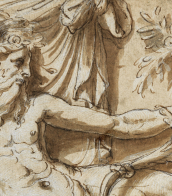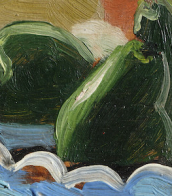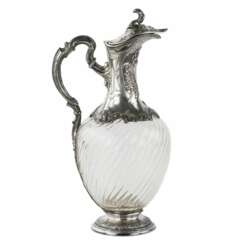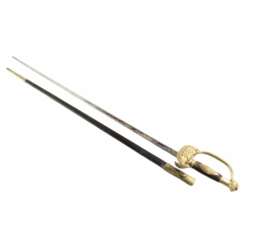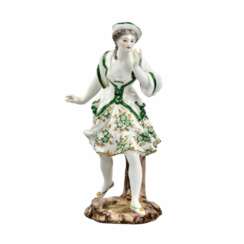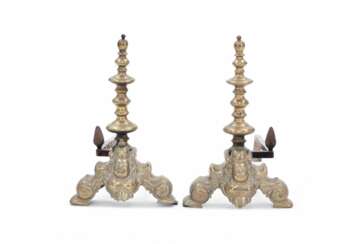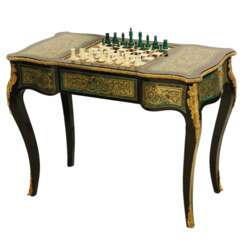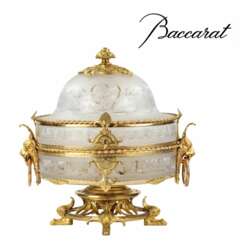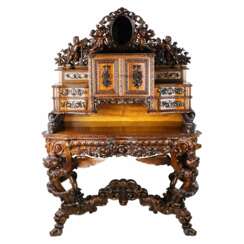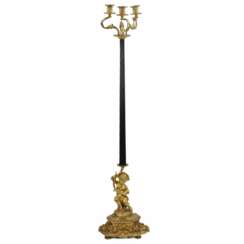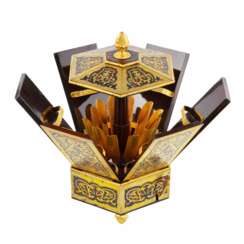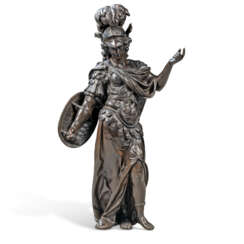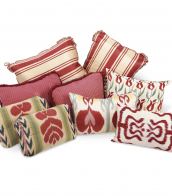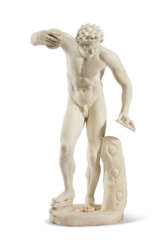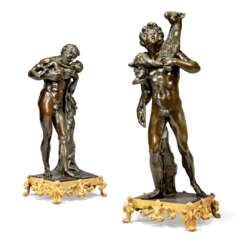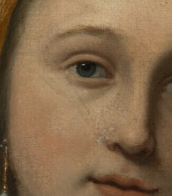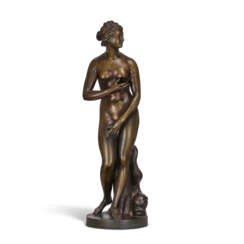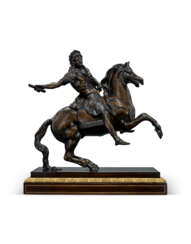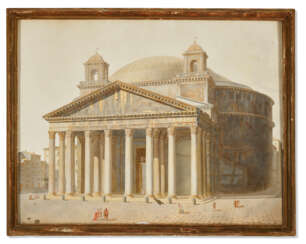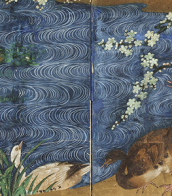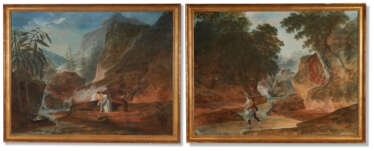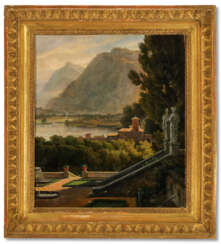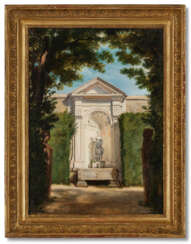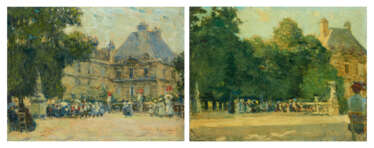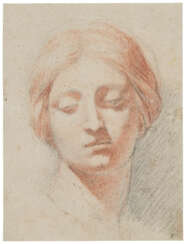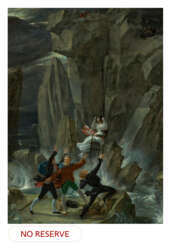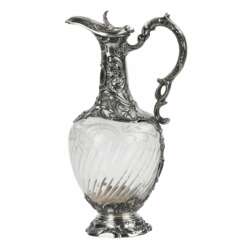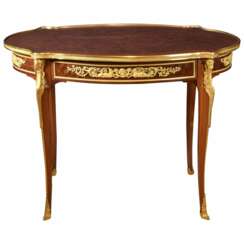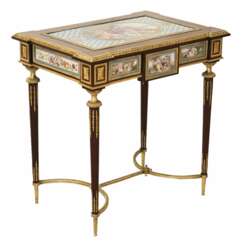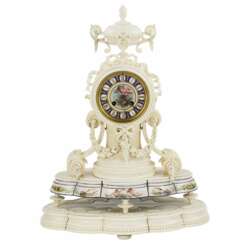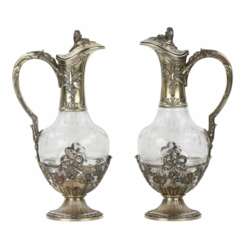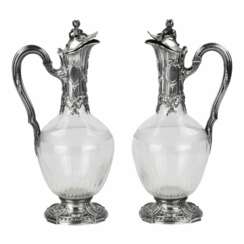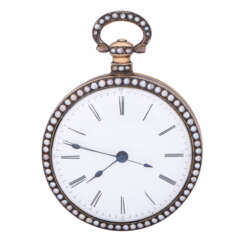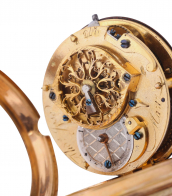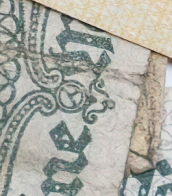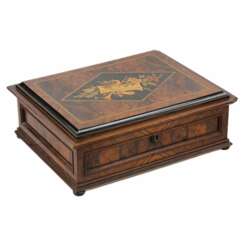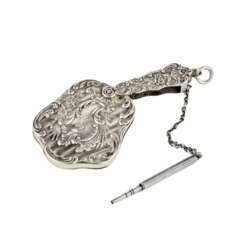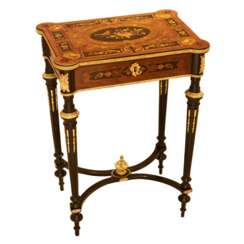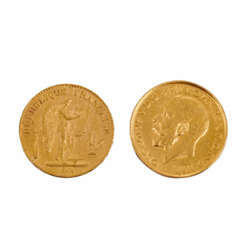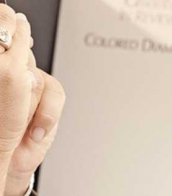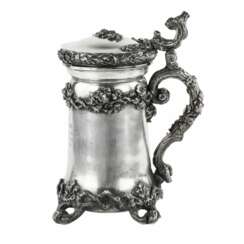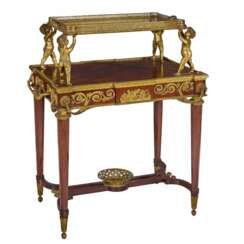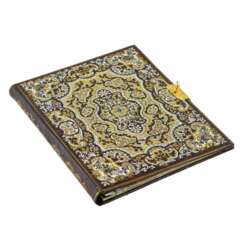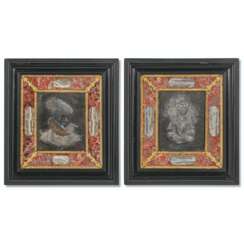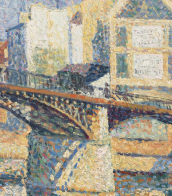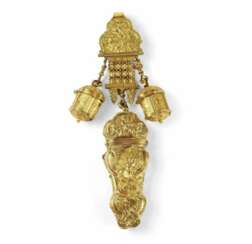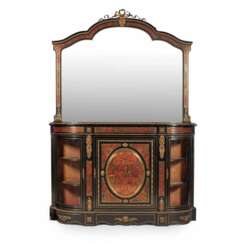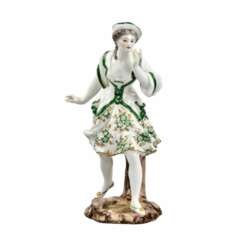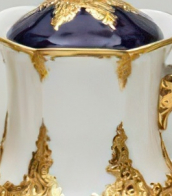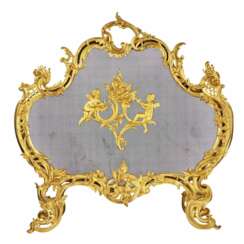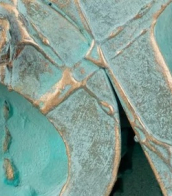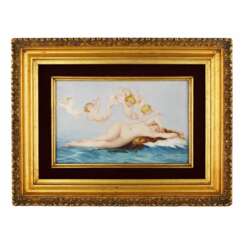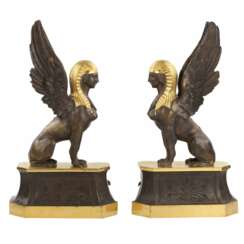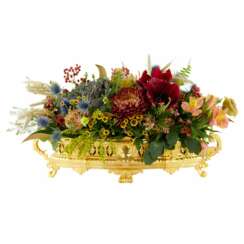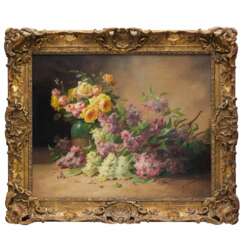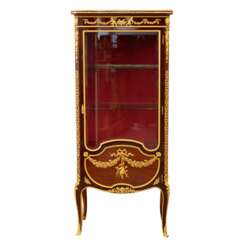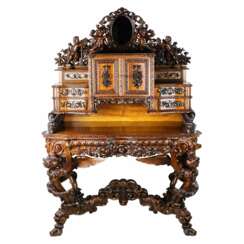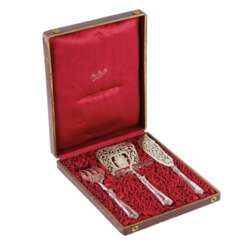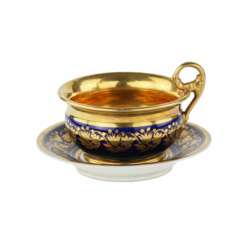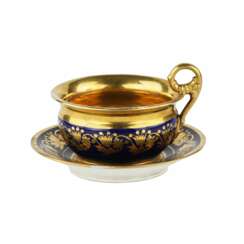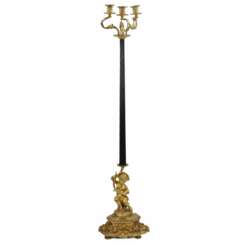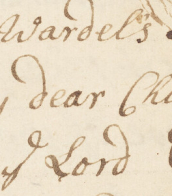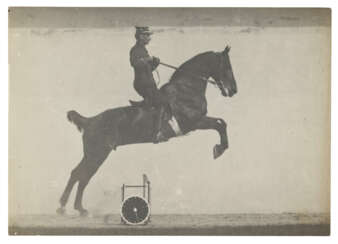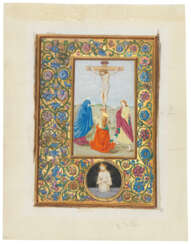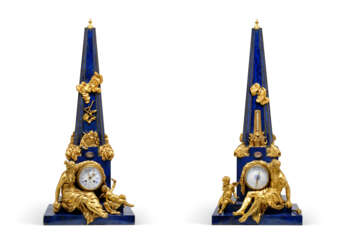france 19th century
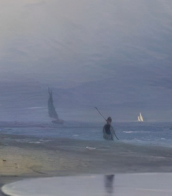

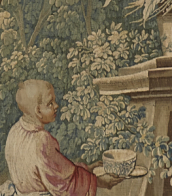
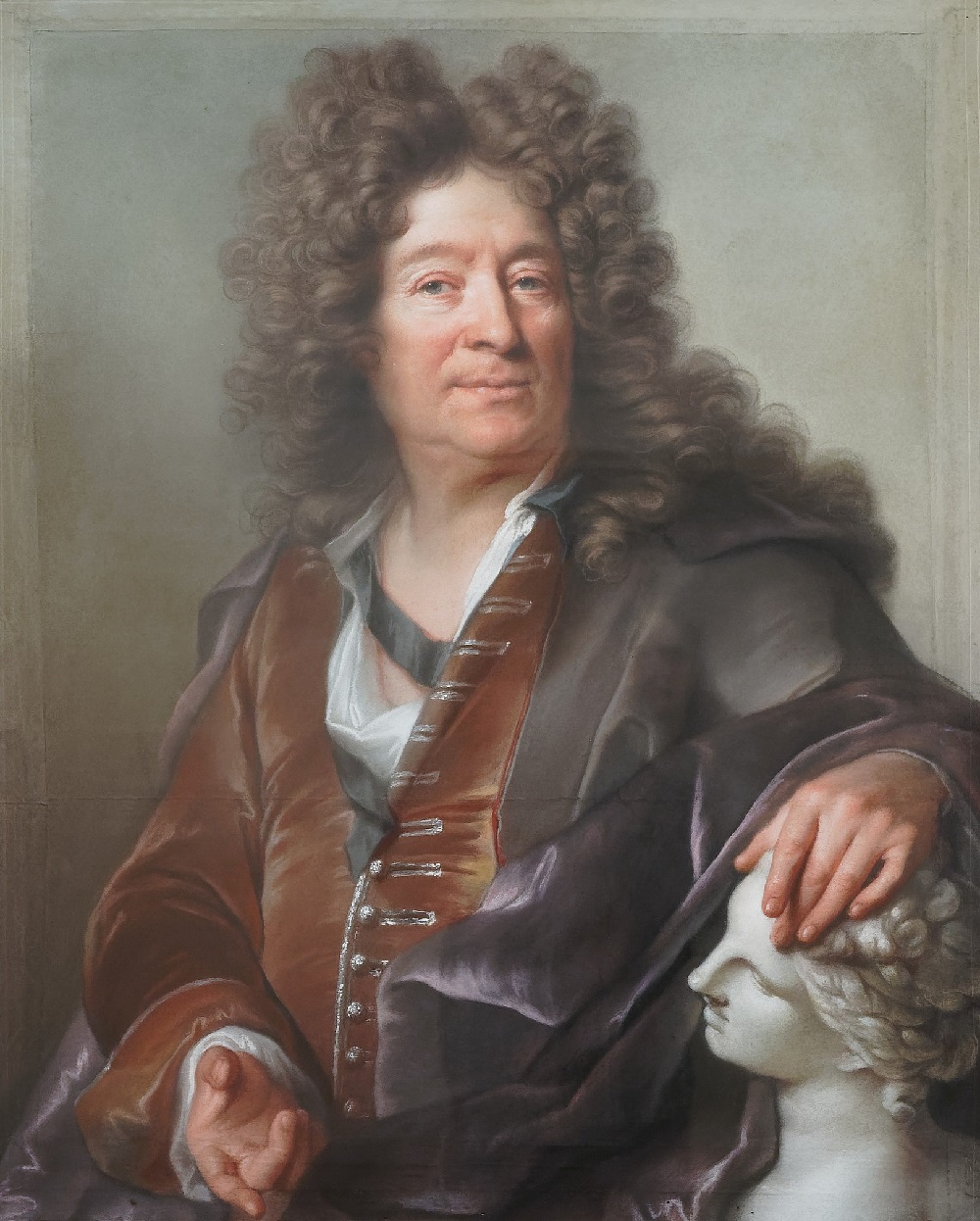
François Girardon was a French sculptor of the Louis XIV style or French Baroque, best known for his statues and busts of Louis XIV and for his statuary in the gardens of the Palace of Versailles.
.jpg)
Charles Antoine Coysevox was a French sculptor in the Baroque and Louis XIV style, best known for his sculpture decorating the gardens and Palace of Versailles and his portrait busts.


François Girardon was a French sculptor of the Louis XIV style or French Baroque, best known for his statues and busts of Louis XIV and for his statuary in the gardens of the Palace of Versailles.
.jpg)
Charles Antoine Coysevox was a French sculptor in the Baroque and Louis XIV style, best known for his sculpture decorating the gardens and Palace of Versailles and his portrait busts.
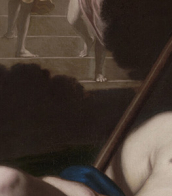
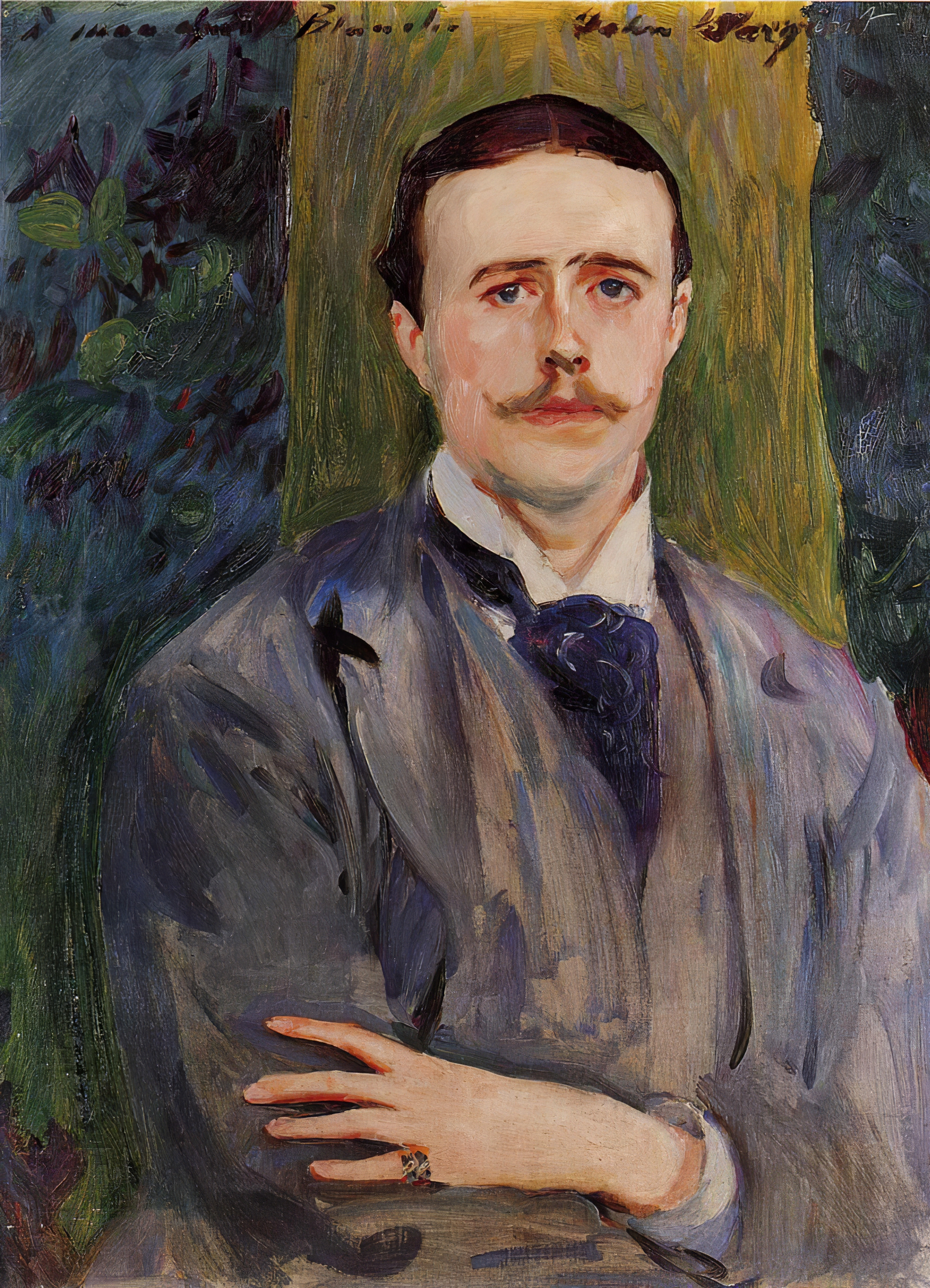
Jacques-Émile Blanche was a French artist, largely self-taught, who became a successful portrait painter, working in London and Paris.
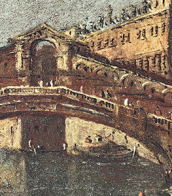
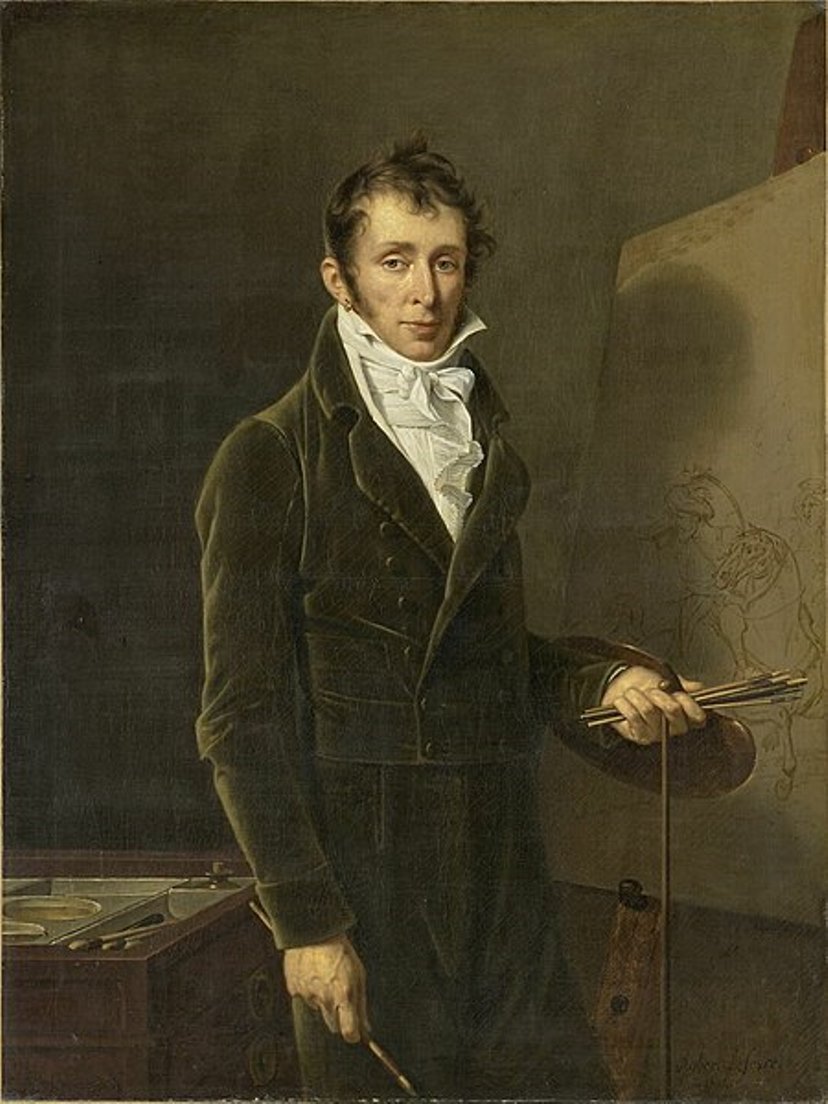
Carle Vernet, born Antoine Charles Horace Vernet, was a French painter, draughtsman and lithographer.
He was the son of the famous landscape painter Claude Joseph Vernet (1714-1789) and studied painting with his father and then in Italy. Under Napoleon I, Vernet painted battle scenes and later became court painter to Louis XVIII. Vernet successfully depicted hunting and domestic scenes of Parisian life. However, the main focus of his work was horses, races and equestrian battles.
Charles Vernet was the father of the famous battle painter Oras Vernet (1789 - 1863).
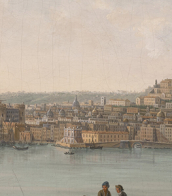







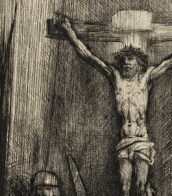
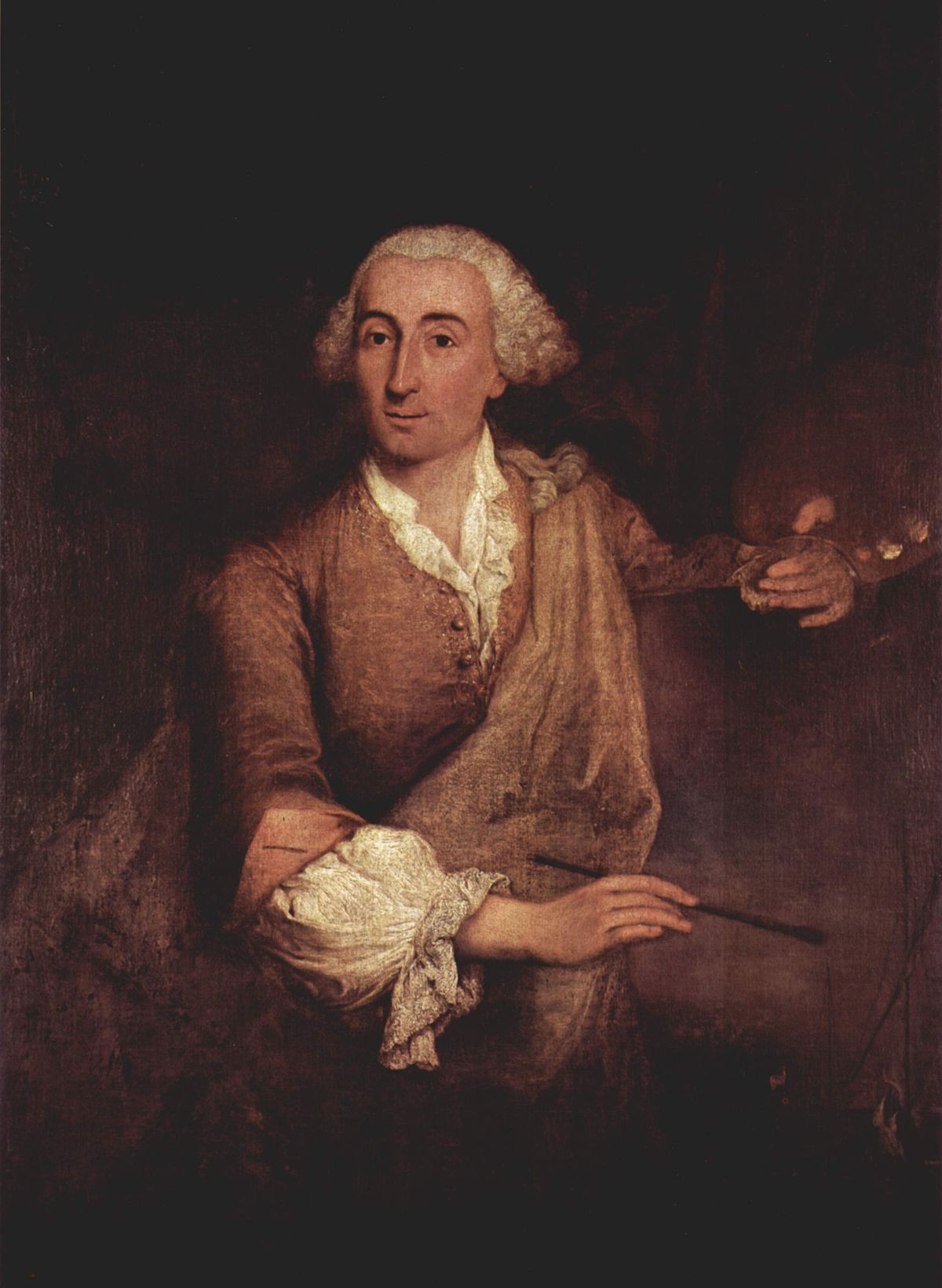
Francesco Lazzaro Guardi was an Italian painter, nobleman, and a member of the Venetian School. He is considered to be among the last practitioners, along with his brothers, of the classic Venetian school of painting.
In the early part of his career he collaborated with his older brother Gian Antonio in the production of religious paintings. After Gian Antonio's death in 1760, Francesco concentrated on vedute. The earliest of these show the influence of Canaletto, but he gradually adopted a looser style characterized by spirited brush-strokes and freely imagined architecture.
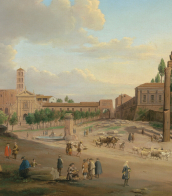
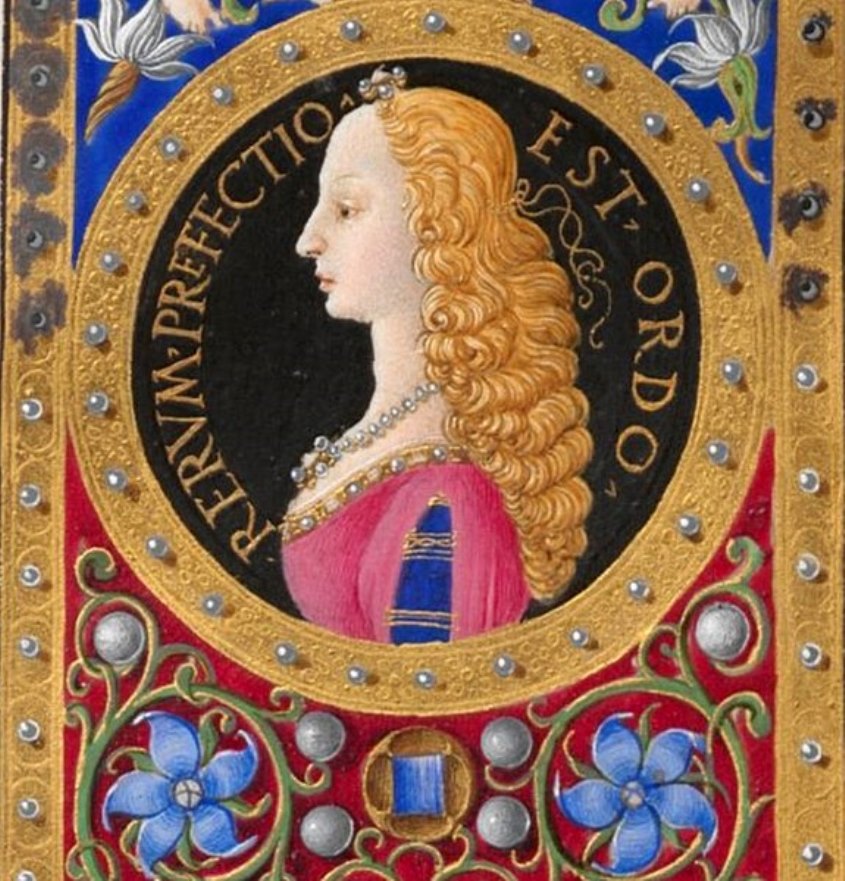
Francesco di Antonio del Chierico was an early Renaissance Italian painter, illustrator, and jeweler in Florence.
He trained as a goldsmith but later became a highly successful and revered manuscript illustrator. His work was sought after by the patrons of Florence in the second half of the fifteenth century, and he is also considered a favorite artist of Lorenzo de' Medici.
Francesco del Chierico decorated and illustrated books of all sizes that covered a variety of literary, scientific, historical, and religious subjects. He creatively painted manuscript margins as well as full pages. The artist's illustrations often included intricate floral compositions, and he also painted exquisite portraits.
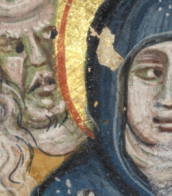
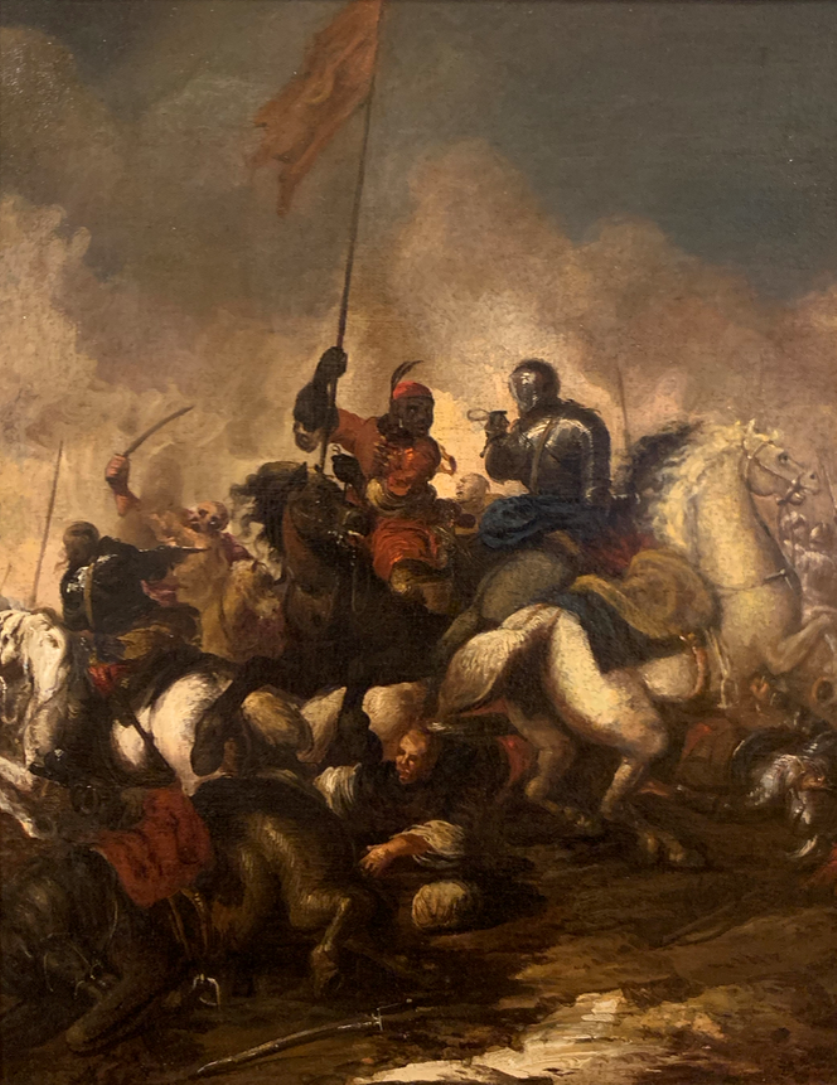
Francesco Simonini was an Italian Baroque painter.
He studied painting at the Francesco Monti School, which specialized in battle scenes, and visited Rome, Bologna and Venice. Simonini worked in his own style with bright colors, which he developed under the influence of the Venetian school. He painted many battle scenes, most of them with cavalry.
